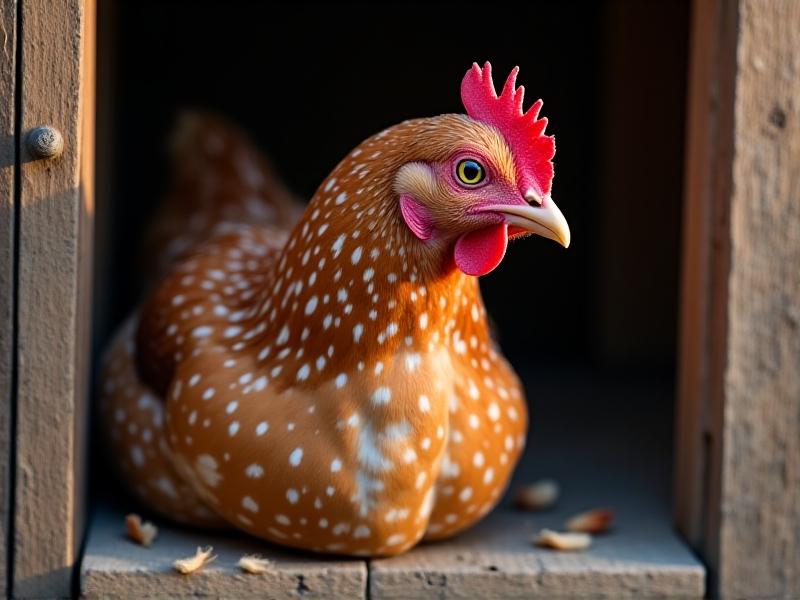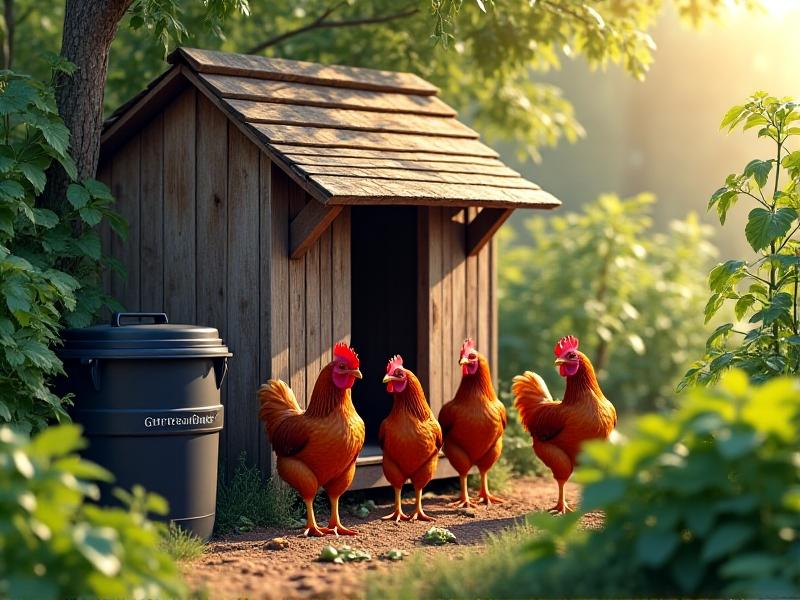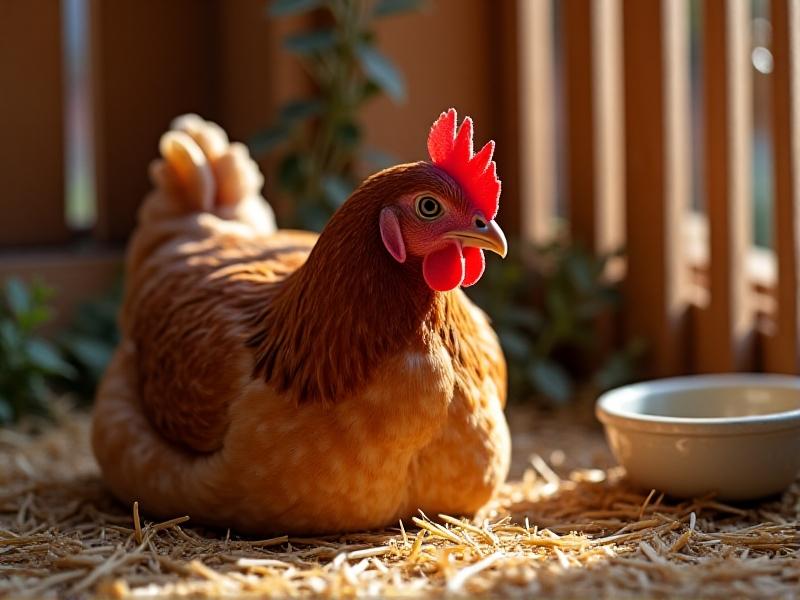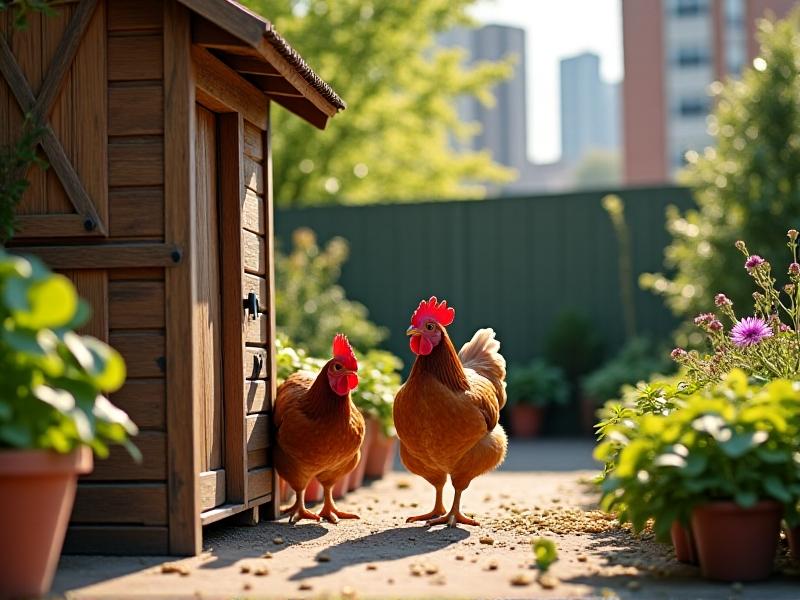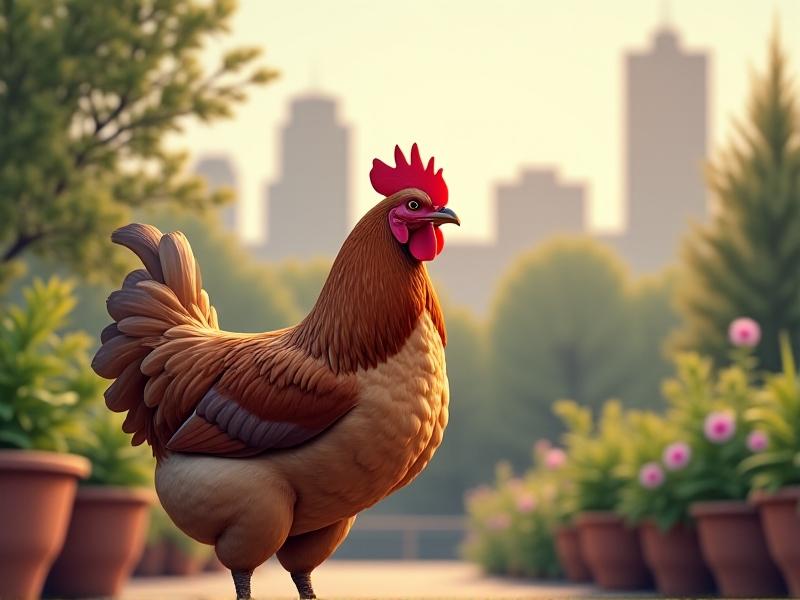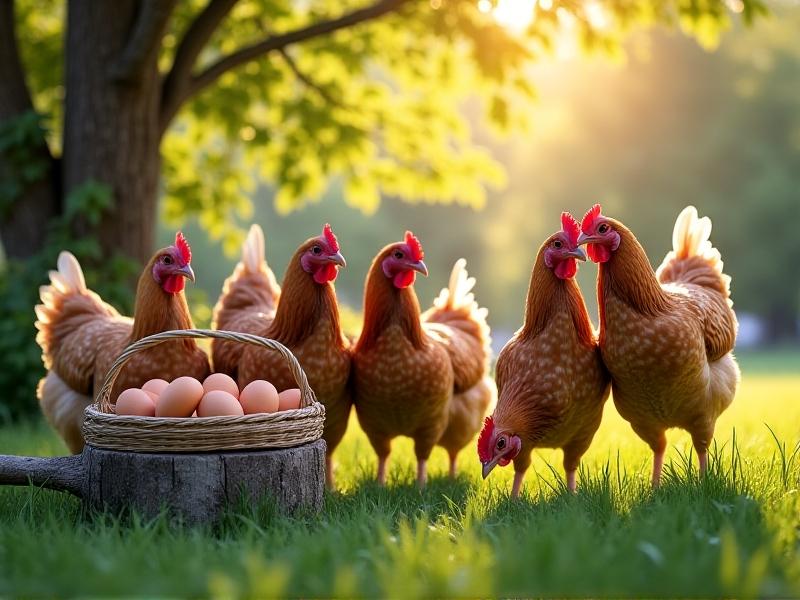Hawk Deterrents: Protecting Free-Range Chickens in Small Yards
Understanding Hawk Behavior: Why Your Chickens Are at Risk
Hawks are skilled predators with keen eyesight and agile flight, making them a significant threat to free-range chickens. These birds of prey often hunt during daylight hours, targeting small animals like rodents and birds—including chickens. In suburban or rural areas with limited tree cover, small yards become prime hunting grounds. Hawks rely on surprise, diving swiftly to snatch prey. Recognizing their patterns, such as perching on fences or circling overhead, is the first step in protecting your flock.
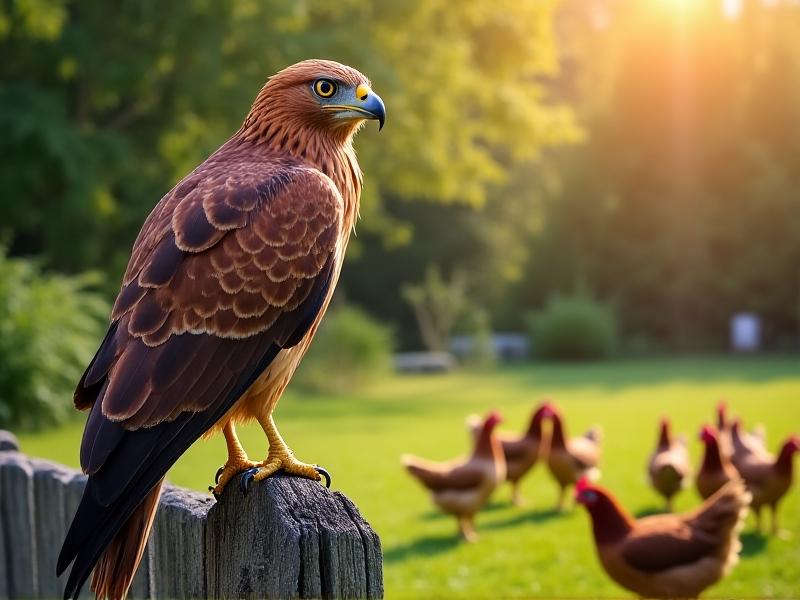
Different hawk species exhibit varied hunting behaviors. For example, Cooper’s hawks thrive in wooded areas but adapt to suburban landscapes, while red-tailed hawks prefer open spaces. Understanding local species helps tailor deterrent strategies. Hawks are also protected under laws like the Migratory Bird Treaty Act, so non-lethal methods are essential. By studying their habits, you can anticipate risks—such as increased activity during nesting season—and implement timely protections.
Fortifying Coops: Essential Physical Barriers Against Hawks
A secure coop is the foundation of chicken safety. Use heavy-duty hardware cloth instead of chicken wire, as hawks can’t tear through its smaller gaps. Ensure the coop has a solid roof or overhead netting to block aerial attacks. For free-ranging chickens, consider a covered run with PVC pipes supporting durable netting. This creates a physical barrier without obstructing sunlight or airflow.
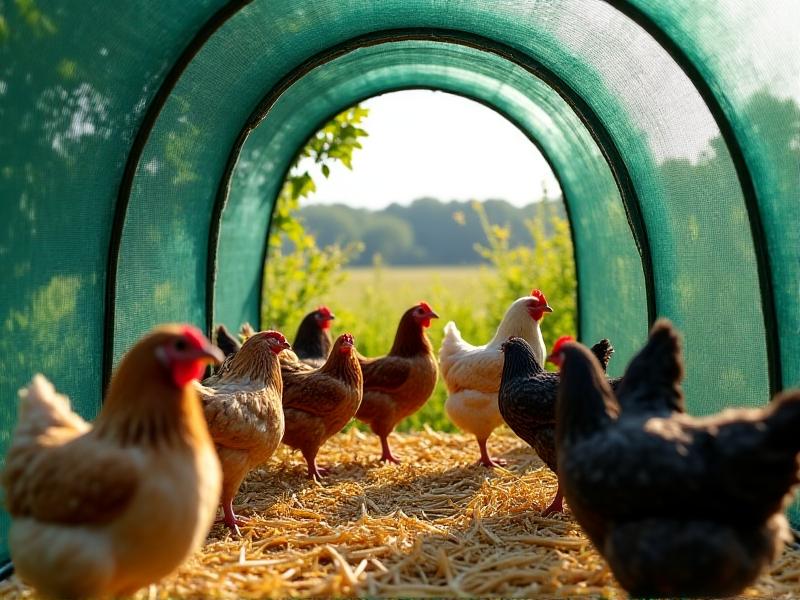
Position the coop near trees or structures to limit hawks’ diving space. Regularly inspect for gaps or wear, especially after storms. Adding locks or latches prevents raccoons and other predators from compromising the coop’s integrity. For mobile coops, anchor them securely to avoid tipping. Combining physical barriers with other deterrents creates a multi-layered defense system, reducing the likelihood of breaches.
Reflective Deterrents: Using Light and Movement to Deter Hawks
Hawks are wary of unpredictable movements and bright reflections. Hang reflective tape, old CDs, or aluminum pie pans around the yard. These objects spin in the wind, creating flashes of light that disorient hawks. Scatter them across fences, coop roofs, and garden posts for maximum coverage. Mylar balloons with holographic patterns also work well, as their shifting colors mimic the presence of larger predators.
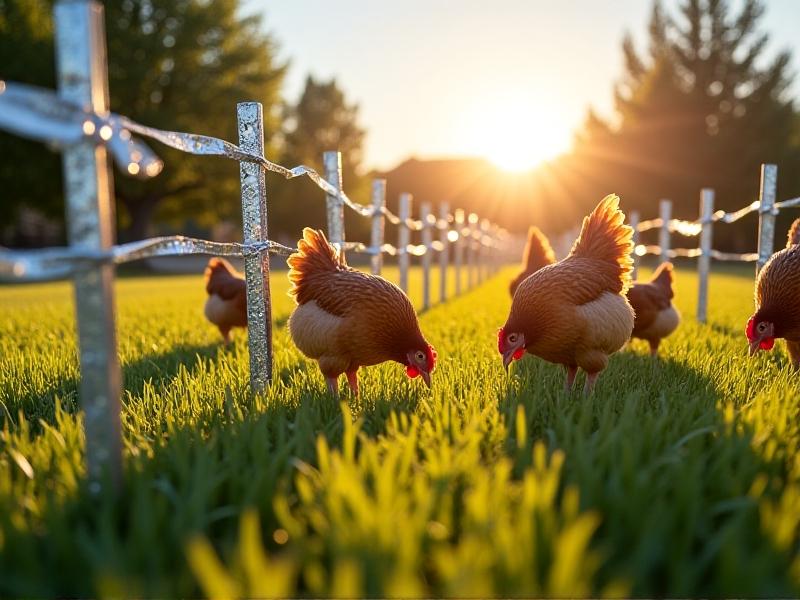
Rotate reflective items weekly to prevent hawks from growing accustomed to them. Combine with decoys like plastic owls or snake models, moving them periodically to maintain the illusion of threat. While not foolproof, these low-cost solutions disrupt hawks’ hunting focus, encouraging them to seek less challenging prey elsewhere.
Auditory Repellents: Sound Strategies to Keep Hawks Away
Hawks rely on stealth, so sudden noises can startle them mid-hunt. Wind chimes, radios tuned to talk stations, or motion-activated alarms create an unpredictable soundscape. Ultrasonic devices emit high-frequency noises imperceptible to humans but irritating to birds. However, these may also disturb chickens or pets, so test volume and placement carefully.
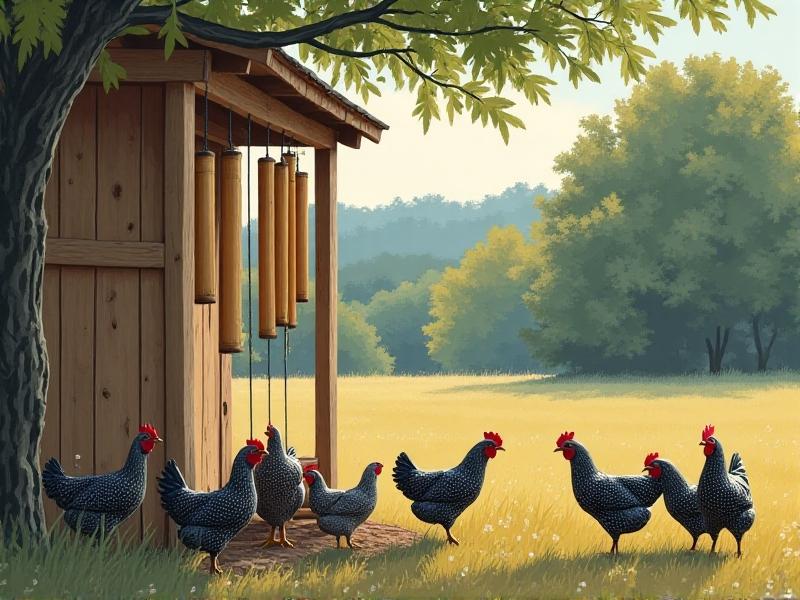
Distress calls of hawks or crows played intermittently signal danger to incoming predators. Use solar-powered speakers to avoid wiring hassles. Pair auditory tactics with visual deterrents for compounded effectiveness. Over time, hawks may associate your yard with discomfort, reducing repeated visits.
Natural Strategies: Landscaping and Guardian Animals
Dense shrubs, tall grasses, or vine-covered arbors provide chickens with hiding spots. Planting thorny bushes like roses near the coop adds a natural barrier. Overhead structures like pergolas draped with climbing plants offer shade and shelter from aerial attacks.
Guardian animals like dogs, geese, or even llamas can deter hawks. Geese are naturally territorial and will honk loudly at intruders. Train dogs to patrol without harming the flock. These animals not only protect but also enrich the ecosystem of your yard.
Sustaining Safety: Routine Maintenance and Adaptations
Inspect deterrents weekly for damage or wear. Replace frayed nets, recharge device batteries, and refresh decoy placements. Observe hawk activity patterns through journals or cameras, adjusting strategies seasonally—such as adding extra netting during fledgling season.
Engage with local wildlife groups to stay informed about hawk populations. By remaining adaptable and vigilant, you create a dynamic defense system that evolves with emerging threats, ensuring long-term protection for your chickens.
